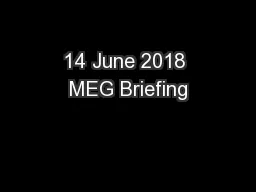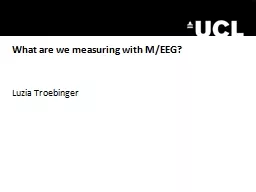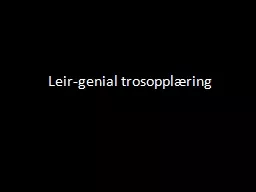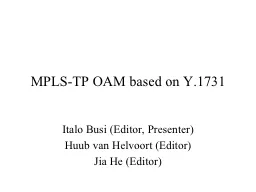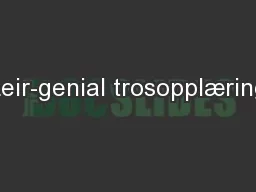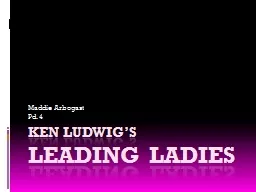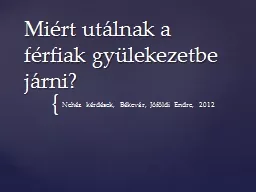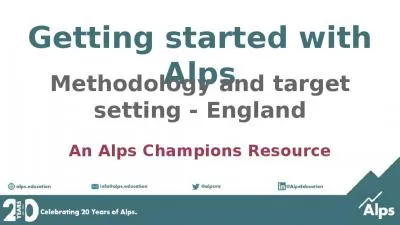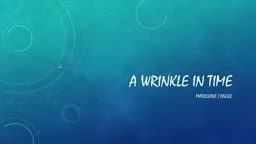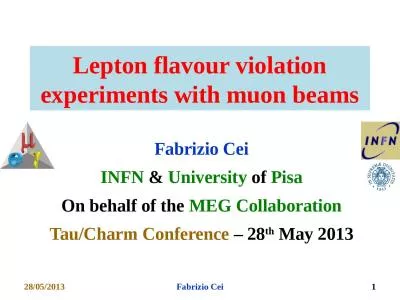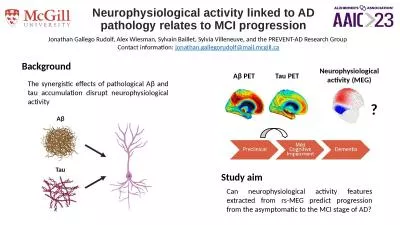PPT-14 June 2018 MEG Briefing
Author : sherrill-nordquist | Published Date : 2018-10-22
Recent FV3GFS Stats Logan Dawson logandawsonnoaagov EMC Model Evaluation Group Topic 2 Discussion of recent FV3GFS stats Update on VLab Forum functionality 500
Presentation Embed Code
Download Presentation
Download Presentation The PPT/PDF document "14 June 2018 MEG Briefing" is the property of its rightful owner. Permission is granted to download and print the materials on this website for personal, non-commercial use only, and to display it on your personal computer provided you do not modify the materials and that you retain all copyright notices contained in the materials. By downloading content from our website, you accept the terms of this agreement.
14 June 2018 MEG Briefing: Transcript
Download Rules Of Document
"14 June 2018 MEG Briefing"The content belongs to its owner. You may download and print it for personal use, without modification, and keep all copyright notices. By downloading, you agree to these terms.
Related Documents

